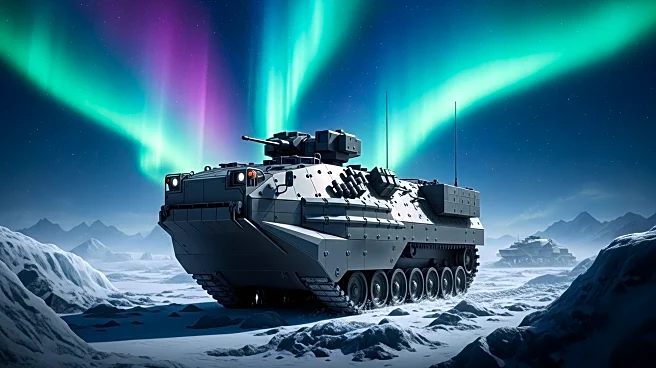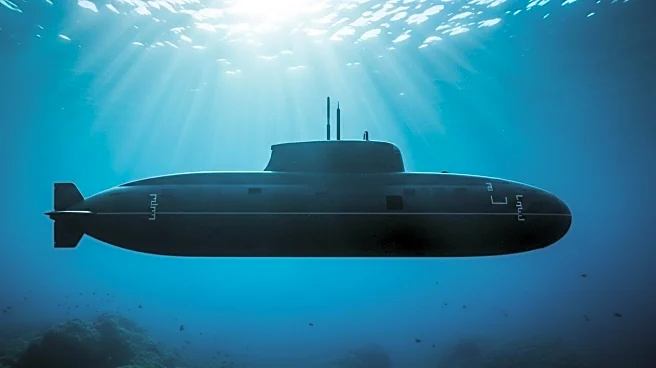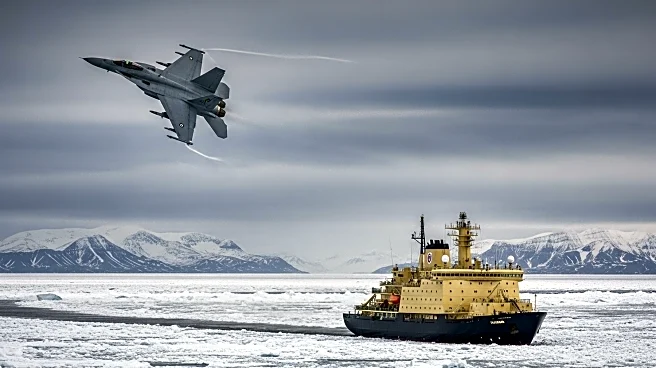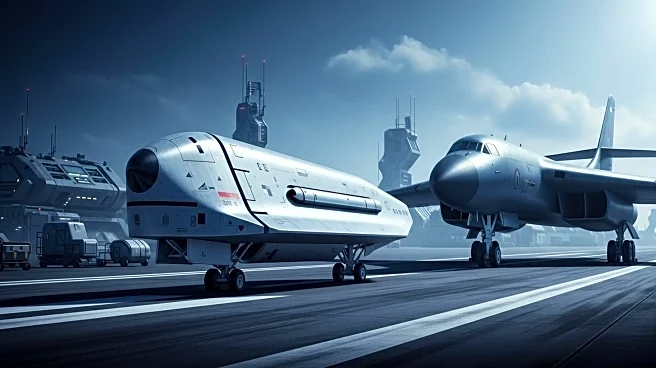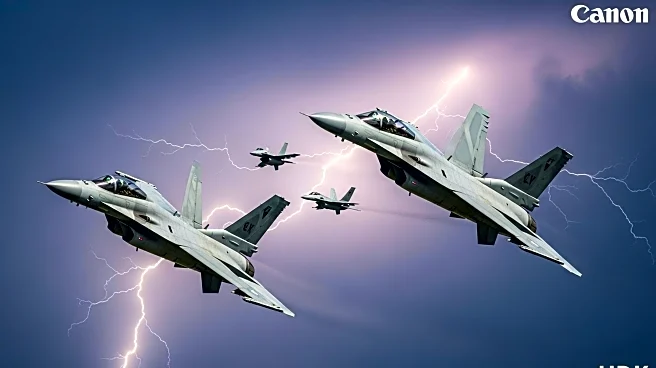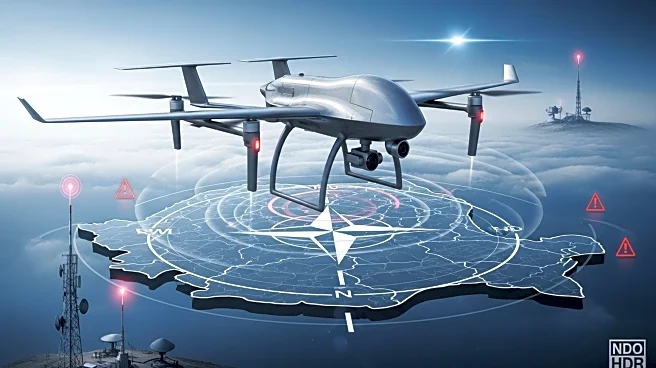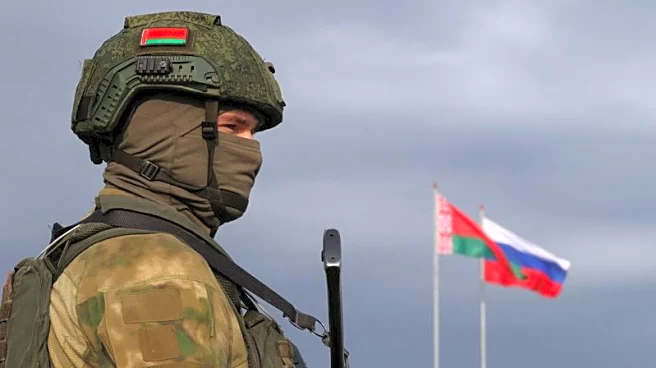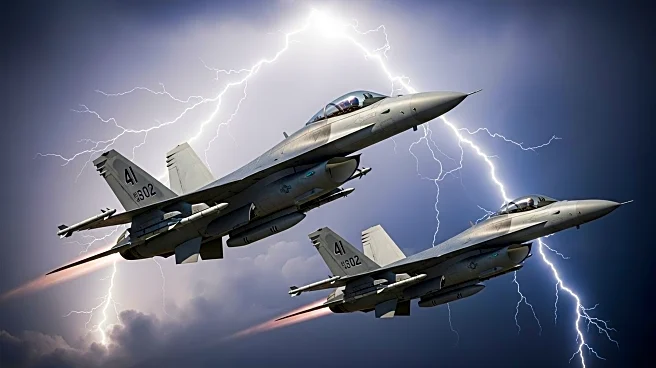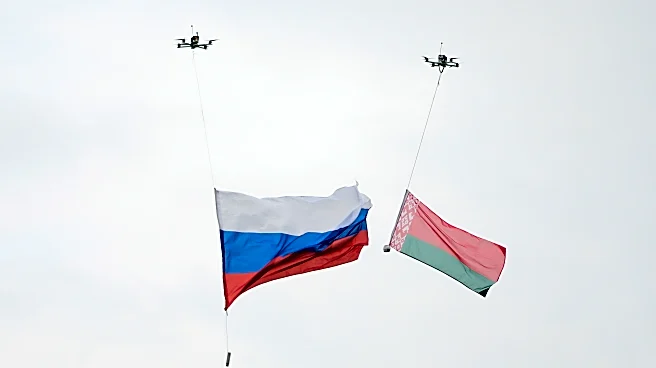What's Happening?
NATO is focusing on enhancing its amphibious capabilities to address the growing threat from Russia in the High North, particularly in the Baltic region. This strategic move comes in response to recent provocations by Russia, including the downing of Russian drones over Poland and the reorganization of Russian military districts near Latvia. With the addition of Sweden and Finland to NATO, the alliance now has nine member states operating amphibious ships, which are crucial for intelligence, surveillance, and reconnaissance operations. These vessels are particularly suited for the complex maritime environment of the Nordic-Baltic region, characterized by shallow waters and numerous islands. NATO's recent maritime strategy emphasizes the need for upgraded technology for underwater reconnaissance and undersea warfare, with amphibious ships playing a key role in these efforts.
Why It's Important?
The enhancement of NATO's amphibious capabilities is significant as it strengthens the alliance's ability to deter Russian aggression and project power in the High North. Amphibious vessels provide NATO with a versatile tool for rapid response and maneuverability in challenging maritime environments. This development is crucial for protecting undersea cable infrastructure and sea lines of communication, which have been targets of Russian interference. The integration of Swedish and Finnish capabilities further bolsters NATO's readiness and interoperability, enhancing the alliance's overall defense posture. The strategic use of amphibious ships also supports NATO's broader objectives of maintaining sea control and denying Russian subversion in the region.
What's Next?
NATO is expected to continue exercising and improving the readiness of its amphibious task groups, integrating them into the NATO command structure for rapid deployment. The alliance will likely focus on expanding the use of these vessels in the High North to preemptively occupy strategic waterways and enhance surveillance measures. As NATO member states advance their undersea capabilities, the role of amphibious ships in supporting these efforts will become increasingly important. The ongoing demonstration of amphibious capacity will be critical in maintaining a robust defense posture against potential Russian threats.
Beyond the Headlines
The strategic expansion of NATO's amphibious capabilities highlights the alliance's commitment to adapting to evolving security challenges. This development underscores the importance of multilateral cooperation and interoperability among member states in addressing complex threats. The focus on amphibious vessels also reflects a broader shift towards enhancing maritime security and resilience in the face of geopolitical tensions. As NATO continues to strengthen its defense capabilities, the alliance's ability to respond to emerging threats and maintain regional stability will be closely watched by global stakeholders.

